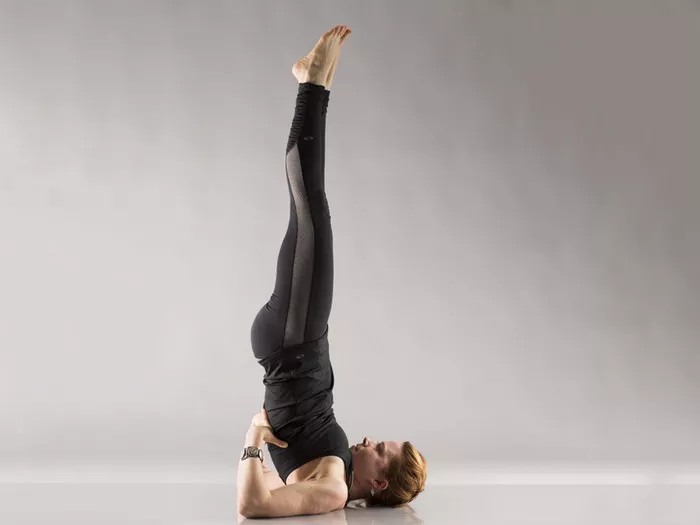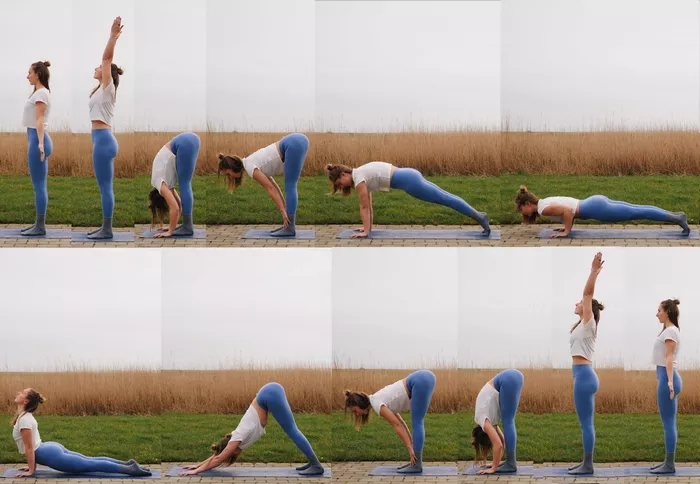Vinyasa yoga, often referred to as “flow yoga,” is a dynamic practice that synchronizes movement with breath. This style of yoga offers a holistic approach to physical and mental well-being, incorporating strength, flexibility, balance, and mindfulness into each session. Whether you’re a beginner or an experienced yogi, mastering the art of vinyasa can deepen your practice and enhance your overall health and vitality.
Understanding Vinyasa Yoga
At its core, vinyasa yoga is characterized by a series of flowing sequences that seamlessly transition from one pose to the next. The word “vinyasa” itself can be translated as “to place in a special way,” emphasizing the intentional arrangement of movements and breath. Unlike more static styles of yoga, such as Hatha or Iyengar, vinyasa offers a dynamic and fluid experience that encourages practitioners to find their rhythm and flow.
The Foundations of Vinyasa
Before diving into the practice of vinyasa yoga, it’s essential to establish a strong foundation in basic yoga principles. This includes understanding proper alignment, engaging key muscle groups, and cultivating mindful awareness of breath. Here are some foundational elements to keep in mind:
1. Alignment: Pay attention to the alignment of your body in each pose, ensuring that your joints are stacked properly to prevent injury and maximize the benefits of the practice. Alignment cues provided by instructors are invaluable for maintaining proper form.
2. Breath Awareness: The breath is the life force that fuels the vinyasa practice. Focus on deep, steady breaths, using the rhythm of your breath to guide your movement. Each inhale and exhale should be smooth and controlled, helping you to stay present and connected throughout the practice.
3. Core Engagement: Cultivate strength and stability by engaging your core muscles in every pose. A strong core not only supports your spine but also helps you move more efficiently through transitions and challenging sequences.
4. Mindfulness: Vinyasa yoga is as much a mental practice as it is physical. Stay present and mindful throughout the session, bringing your attention to the sensations in your body and the thoughts in your mind. Practicing mindfulness on the mat can help you cultivate greater awareness and inner peace off the mat as well.
Building Your Vinyasa Practice
Now that you have a solid understanding of the foundational elements of vinyasa yoga, it’s time to start building your practice. Whether you’re practicing at home or in a studio, here are some tips for structuring your vinyasa sessions:
1. Warm-Up: Begin your practice with a gentle warm-up to prepare your body for movement. This may include simple stretches, joint mobilization exercises, or a few rounds of Sun Salutations (Surya Namaskar) to awaken your muscles and energize your breath.
2. Sun Salutations: Sun Salutations are the cornerstone of vinyasa yoga, providing a dynamic sequence that links breath with movement. A typical Sun Salutation includes a series of poses such as Mountain Pose (Tadasana), Forward Fold (Uttanasana), Plank Pose (Phalakasana), Upward-Facing Dog (Urdhva Mukha Svanasana), and Downward-Facing Dog (Adho Mukha Svanasana). Practice several rounds of Sun Salutations to build heat and increase circulation throughout your body.
3. Sequencing: As you move through your vinyasa practice, focus on creating fluid sequences that flow seamlessly from one pose to the next. Pay attention to the transitions between poses, using your breath to guide the movement and maintain a sense of rhythm and flow.
4. Balancing Poses: Incorporate balancing poses into your practice to improve stability and concentration. Poses such as Tree Pose (Vrksasana), Warrior III (Virabhadrasana III), and Eagle Pose (Garudasana) challenge both your physical and mental strength, helping you cultivate greater balance and focus.
5. Cool Down and Relaxation: Conclude your vinyasa practice with a gentle cool-down sequence to release tension and promote relaxation. This may include seated stretches, hip openers, and gentle twists to unwind your body and prepare for final relaxation (Savasana). Take this time to surrender to the present moment, allowing yourself to fully let go and experience a sense of peace and renewal.
Advanced Vinyasa Techniques
Once you’ve established a strong foundation in vinyasa yoga, you may be ready to explore more advanced techniques and variations. Here are some advanced vinyasa practices to challenge and deepen your practice:
1. Arm Balances and Inversions: Arm balances and inversions, such as Crow Pose (Bakasana), Handstand (Adho Mukha Vrksasana), and Headstand (Sirsasana), require strength, balance, and courage. Practice these poses mindfully and under the guidance of an experienced instructor to safely explore their full potential.
2. Transitions and Flow: Experiment with creative transitions and flow sequences to keep your practice dynamic and engaging. Play with different movement patterns, variations, and combinations to challenge yourself and expand your repertoire of poses.
3. Breath Control: Explore advanced breath control techniques, such as Ujjayi Pranayama (Victorious Breath) and Kapalabhati (Skull Shining Breath), to deepen your awareness of breath and enhance your overall practice. These breathing techniques can help you stay focused, calm, and energized, even during challenging sequences.
4. Meditation and Mindfulness: Integrate meditation and mindfulness practices into your vinyasa yoga routine to cultivate a deeper sense of inner peace and clarity. Set aside time for seated meditation or guided mindfulness exercises to quiet the mind, reduce stress, and enhance your overall well-being.
Conclusion
Vinyasa yoga offers a dynamic and transformative approach to health and wellness, combining movement, breath, and mindfulness into a seamless flow of practice. Whether you’re new to yoga or a seasoned practitioner, mastering the art of vinyasa can deepen your connection to your body, mind, and spirit, unlocking a sense of balance, vitality, and joy in your life. By embracing the principles and techniques outlined in this guide, you can embark on a journey of self-discovery and growth, both on and off the mat.























